
Professor Andrew Radford: Research.
Current Research
Out-group Conflict and its Consequences
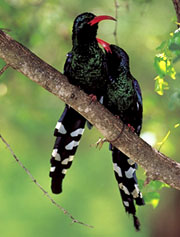
Animal groups face a variety of threats from conspecific outsiders, from individuals seeking reproductive opportunities to rival groups looking to annexe resources and territories. In a wide range of social species, from ants to humans, group members therefore invest considerable defensive effort to protect what is theirs. Extensive research (including by us) has investigated who participates in these out-group conflicts, what the disputes are about, and what determines who wins and who loses. By contrast, the lasting impacts of these conflicts with conspecifics are poorly understood. We are integrating empirical and theoretical approaches to uncover the effect of out-group conflict on: (i) individual behaviour, within-group interactions and group decision-making; (ii) steroid hormones that underlie stress, social behaviour and reproduction; (iii) variation in reproductive success arising from maternal investment and offspring care; and (iv) the evolution of societal structure, cooperation and punishment among group-mates, and weaponry and fortification. Current empirical work focuses on captive cichlid fish, wild populations of dwarf mongooses and barbary macaques, and humans.
Current and recent funding: European Research Council Consolidator Grant (PI: Andy Radford; 2016–2021); Institute for Advanced Studies Fellowship (PI: Andy Radford; 2013–2014); Leakey Foundation Grant (PI: Bonaventura Majolo, CoI: Andy Radford; 2013–2014); ASAB Grant (PI: Andy Radford; 2013–2014).
Group members: Andy Radford, Julie Kern, Ines Goncalves, Susanne Schindler, Patrick Kennedy, Amy Morris-Drake.
Main collaborators: Dr Tim Fawcett (University of Exeter), Dr Bonaventura Majolo (University of Lincoln), Dr Rebecca Pearson (University of Bristol).
Recent publications:
Acoustic Mediation of Social Behaviour
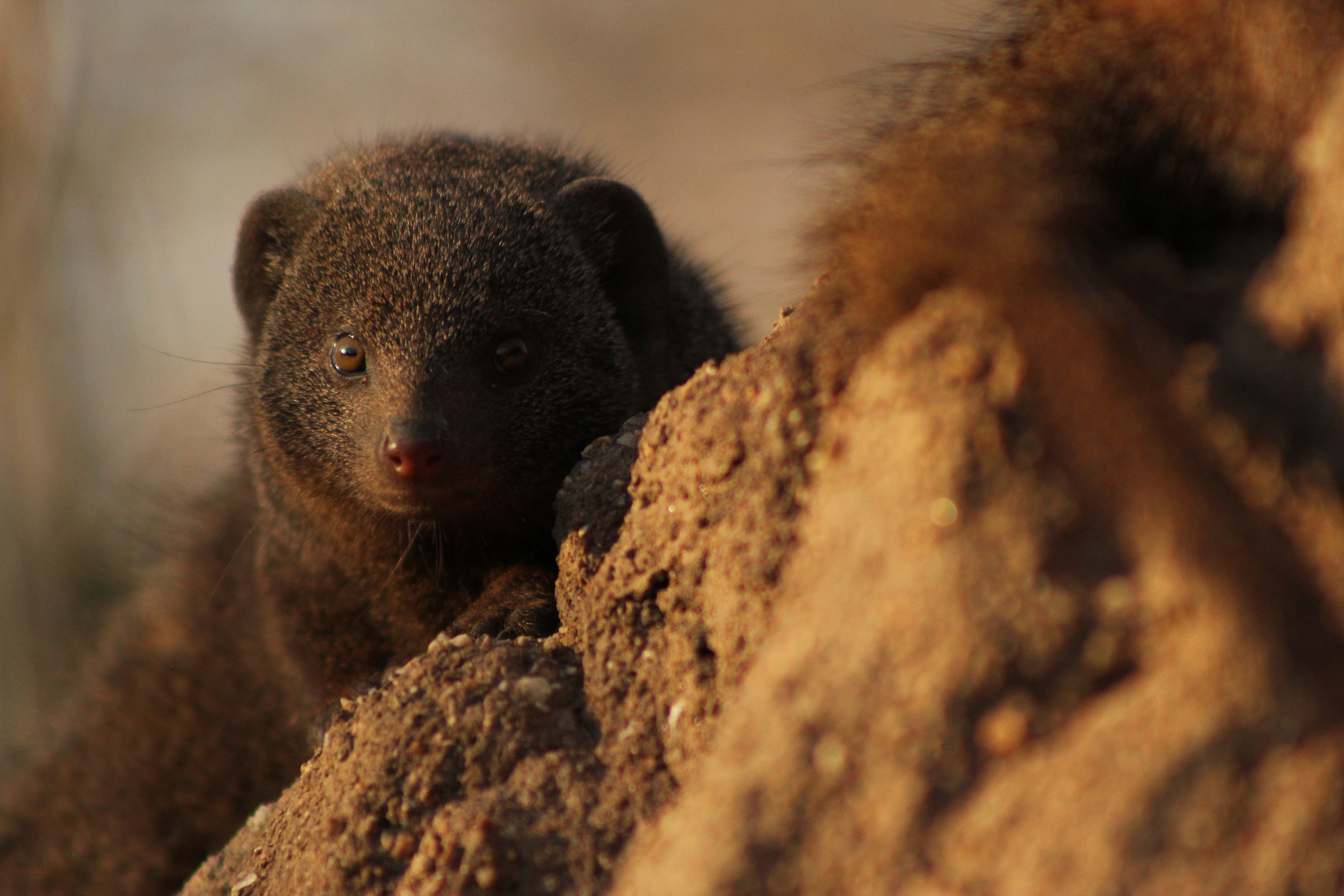
Communication and the gathering of information underpins all animal behaviour and is particularly important in social species. Our focus is on vocalisations and acoustic cues; how they mediate within- and between-group cooperation and conflict, are used in life-history decisions, and aid the transfer of information between different species. Current topics of interest include calling related to sentinel, anti-predator and foraging behaviour within groups, between-group exchanges of vocal choruses, eavesdropping of alarm-calling by different species, and the importance of changing soundscapes. We work on a wide range of bird species (particularly in Africa and Australia), wild fish populations (in French Polynesia and Australia) and our habituated wild population of dwarf mongooses in South Africa (dwarfmongooseresearch.weebly.com).
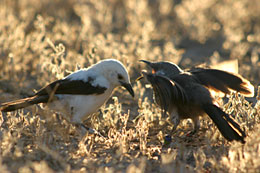
Current and recent funding: Australian Research Council Grant (PI: Rob Magrath, CoI: Andy Radford; 2015–2018); Royal Society Research Grant (PI: Andy Radford; 2011–2012); NERC and BBSRC PhD studentships.
Group members: Andy Radford, Julie Kern, Tim Gordon, Michael Kings, Victoria Lee, Amy Morris-Drake, Isla Davidson, Josh Arbon.
Main collaborators: Professor Rob Magrath (Australian National University), Dr Andy Young (University of Exeter), Dr Alex Thornton (University of Exeter), Dr Steve Simpson (University of Exeter).
Recent publications:
Impacts of Anthropogenic Noise on Non-human Animals
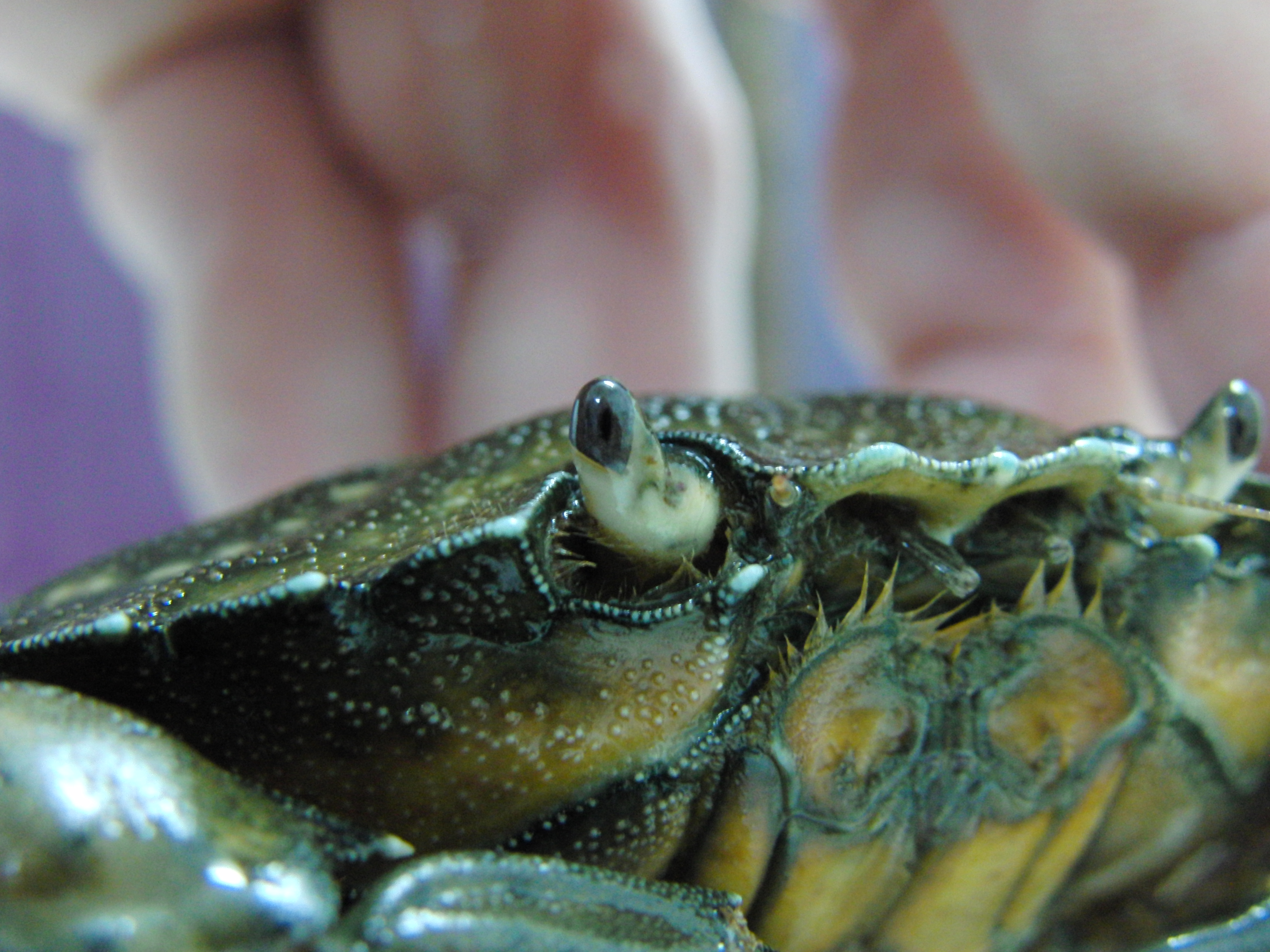
Since the Industrial Revolution, anthropogenic (man-made) noise has changed the soundscape of many terrestrial and aquatic ecosystems. International legislation, such as the US National Environment Policy Act and the European Commission Marine Strategy Framework Directive, recognises the need to assess and manage the biological impacts of noise-generating human activities. We conduct experimental work to assess how noise produced by such sources as pile-driving, traffic (ships, motorboats, cars) and seismic gun arrays may affect animal behaviour, physiology, development and fitness. We work on a range of study systems, including fish, marine invertebrates, and terrestrial mammals and birds.

Current and recent funding: NERC Standard Grant (PI: Steve Simpson, CoI: Andy Radford; 2016–2019); Ecocean (ecosystem-restoration company) Contract (PI: Steve Simpson, CoI: Andy Radford; 2017–2018); Ecocean Contract (PI: Steve Simpson, CoI: Andy Radford; 2014–2016); Marine Scotland Contract (PI: Steve Simpson, CoI: Andy Radford; 2013–2014); Defra Contract (PI: Andy Radford, CoI: Steve Simpson; 2010–2013); NERC PhD studentships.
Group members: Andy Radford, Julie Kern, Harry Harding, Tim Gordon, Amy Morris-Drake, Kieran McCloskey, Emma Eastcott, Isla Davidson, Emma Weschke, Emily Richens.
Main collaborators: Dr Steve Simpson (University of Exeter), Dr Suzanne Mills (University of Perpignan), Prof. Mark McCormick (James Cook University), Dr Mark Meekan (Australian Institute of Marine Science), Dr Nathan Merchant (Cefas).
Recent publications:
Life-history evolution
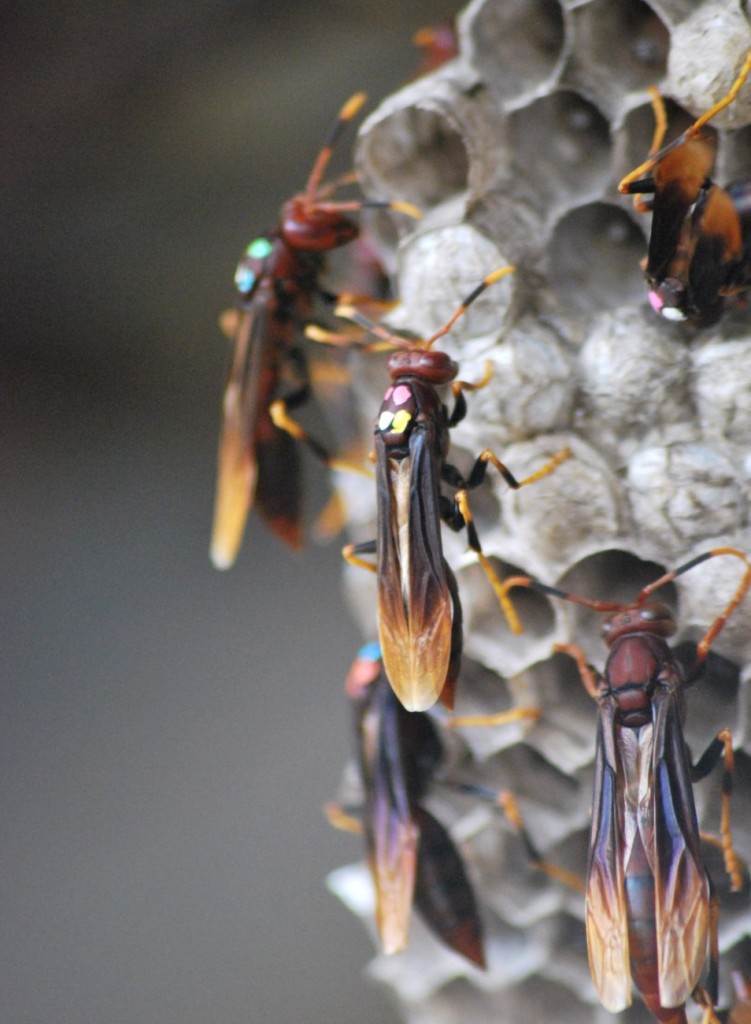
We are interested in the evolution of various life-history traits, including behaviour, sensory systems, reproductive decisions, sex ratios and social structures. We have a particular focus on social wasps and birds, but also consider the visual systems of various aquatic species.
Current and recent funding: NERC, EPSRC, University of Bristol and CONACyT PhD studentships.
Group members: Andy Radford, Emily Bell, Robin Southon, Patrick Kennedy, Sandra Moreno, Sam Smithers.
Main collaborators: Dr Seirian Sumner (University College London), Prof. Nick Roberts (University of Bristol).
Recent publications:
STUDY SPECIES
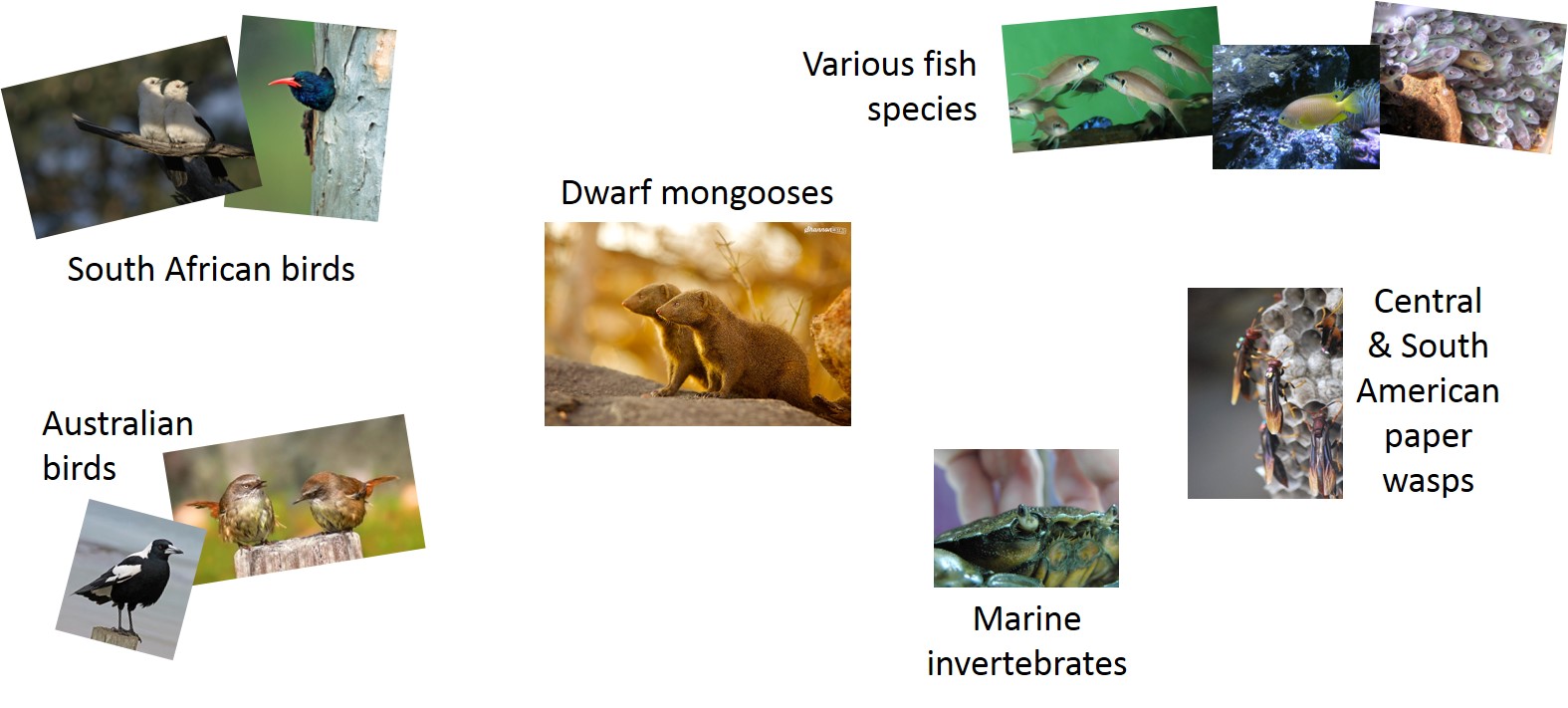
STUDY SITES
1. Kuruman River Reserve, Northern Cape Province, South Africa

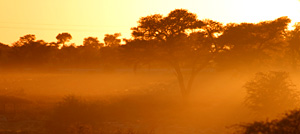
This is the site of the pied babbler research and is a 3500 hectare area situated 17 km south of the South-Africa Botswana border and 30 km west of the small settlement of Van Zylsrus. There are currently 14 colour-ringed, habituated groups of babblers on the reserve with several more groups targeted for imminent work. The study site consists of sparsely vegetated dune country on either side of the (dry) Kuruman river, which makes observations particularly easy. For further information about work on the babblers see The Pied Babbler Research Project pages.
In addition to the babblers there are a number of habituated meerkat groups on the reserve, which have formed the basis of study for the last 10 years. See the University of Cambridge meerkat pages.
2. Morgan’s Bay, Eastern Cape Province, South Africa
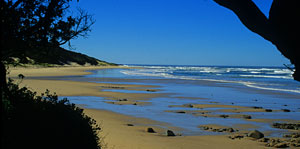
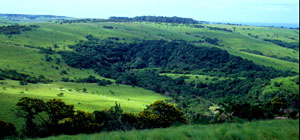
This is where the green woodhoopoe research is conducted. Within a 33 km2 area, there are 28 colour-ringed groups which inhabit the thick riverine forests that form belts along the river valleys. Territories are linearly arranged along these river courses. Canopy height varies between 8 and 15 m, with an average height of 9.6 m. Forest sections are separated by areas of open grassland, much of which is grazed by cattle. The mean annual rainfall is 982 mm, with well-defined peaks in October and March, and the average temperature is 23°C. My work on the woodhoopoes is in collaboration with Prof. Morné du Plessis (formerly of the Percy FitzPatrick Institute of African Ornithology, University of Cape Town, now at the World Wildlife Fund, South Africa.
